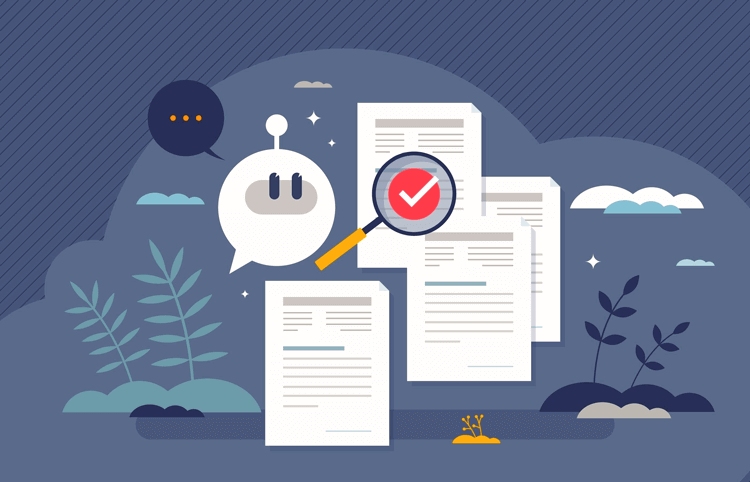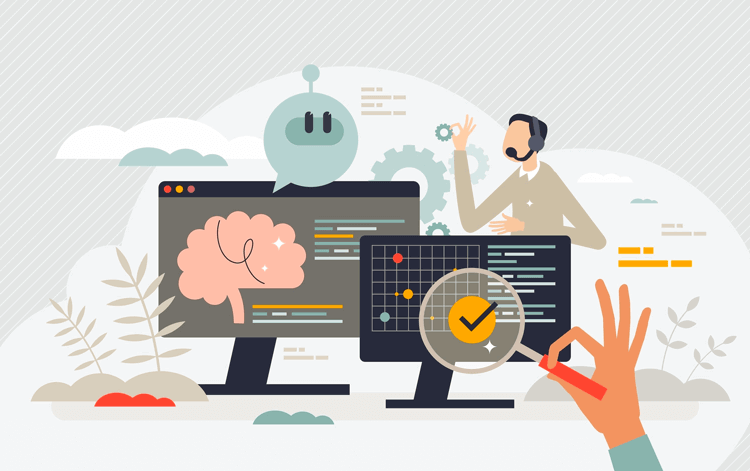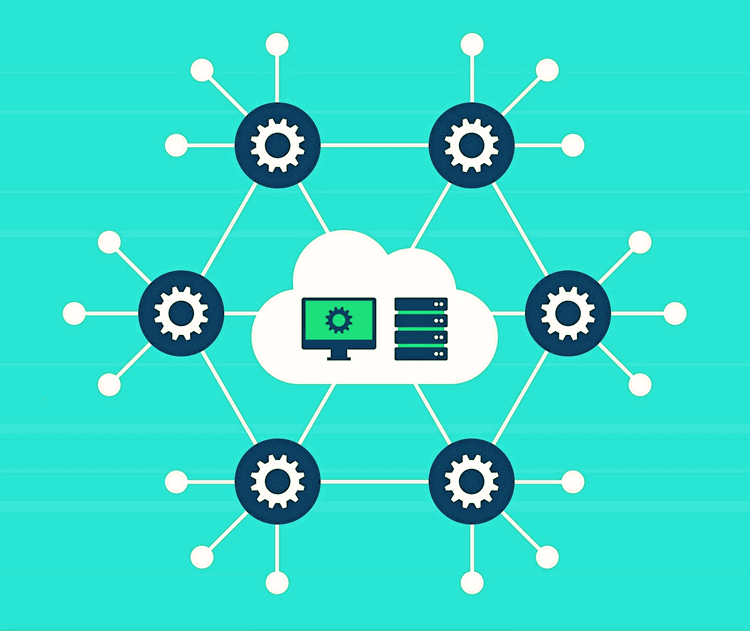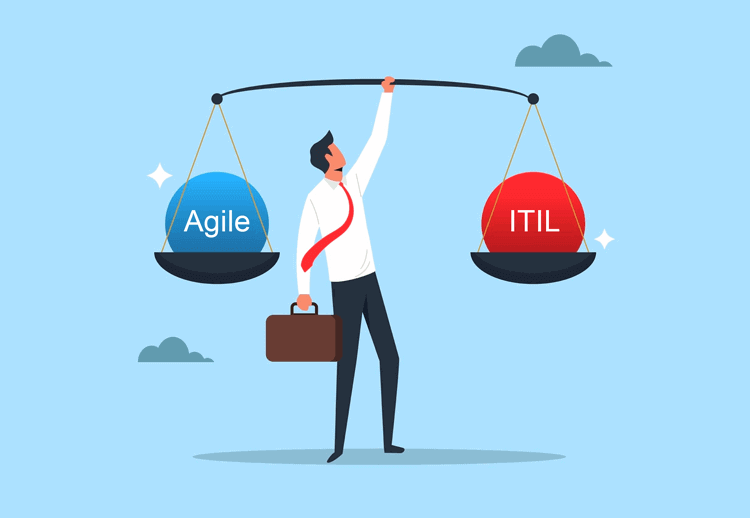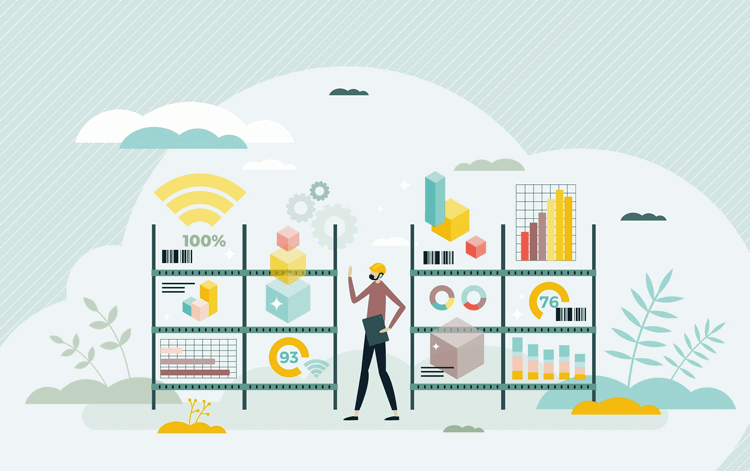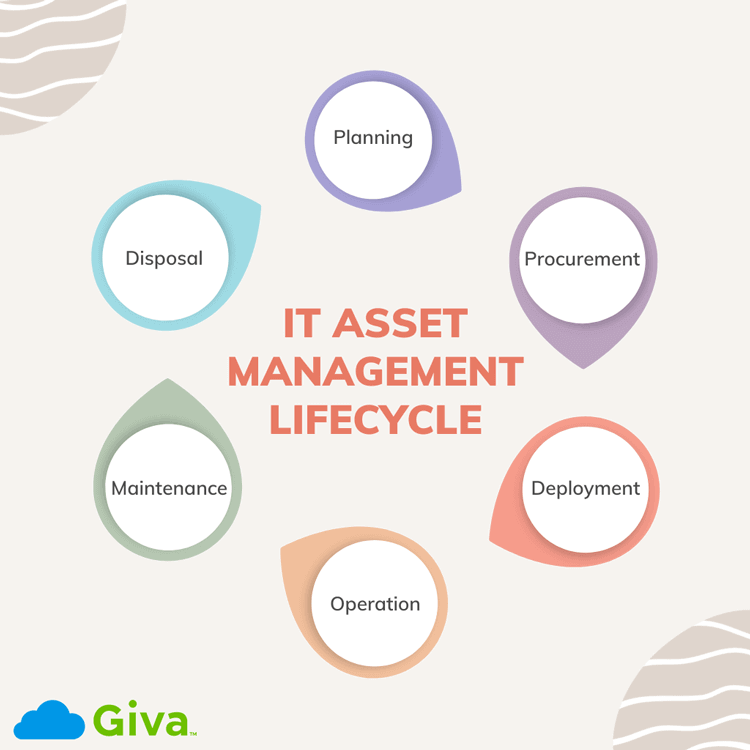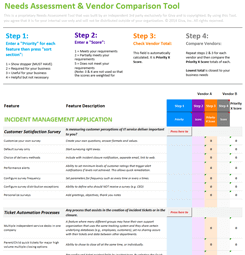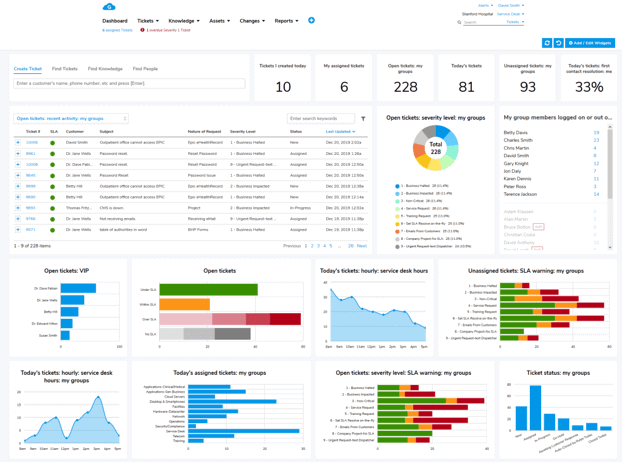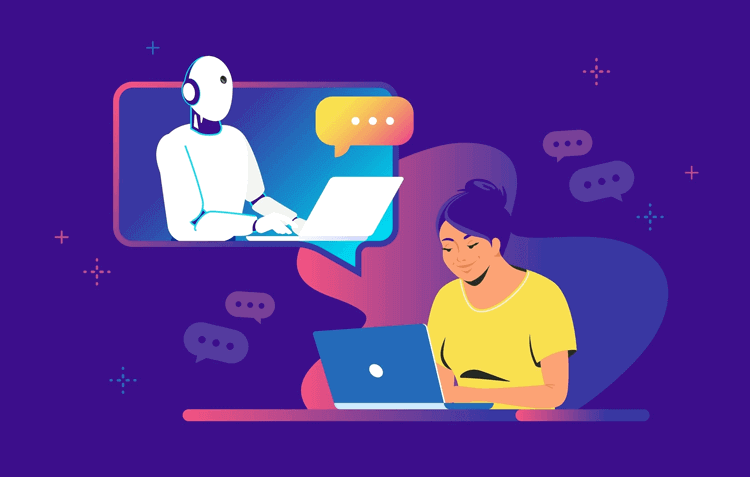
Customer expectations are higher than ever, and traditional service models often struggle to keep up. Long wait times, repetitive requests, and rising ticket volumes put constant pressure on support teams. That's where Artificial Intelligence (AI) is making a difference.
AI in customer service automates routine tasks, speeds up resolutions, and helps agents focus on complex, high-value interactions. It is transforming how contact centers and help desks operate.
In this article, we look at what AI in customer service means, why it matters, and the strategies and benefits organizations can gain by implementing it.
What is AI in Customer Service?
What is AI?
First, let's define AI: Artificial Intelligence (AI) refers to systems that perform tasks normally requiring human intelligence, using technologies like machine learning (ML), big data, foundation models, deep learning, neural networks, and natural language processing (NLP).
A well-known, user-facing example is OpenAI's ChatGPT. Increasingly, these technologies integrate with customer service software to handle repetitive tasks, personalize interactions, and scale support.
How Does AI Apply to Customer Service?
AI in customer service automates interactions, speeds up response times, and helps agents deliver accurate, personalized support.
It enables:
- Self-service options where customers resolve issues without agent help
- Automated handling of repetitive requests
- Faster, more accurate responses from agents on complex issues
According to McKinsey high-quality customer service can boost revenue 2–7% and profitability 1–2%. AI-powered chatbots can handle queries 24/7, reduce call volume, and free human agents to focus on complex problems.
Common AI models include:
- Foundation Models
- Large Language Models (LLMs) like ChatGPT and Google's BERT
- Generative AI for dynamic responses
It's important to note that AI shouldn't replace human agents, only support them. AI handles repetitive inquiries, while agents take on complex, high-empathy cases. Companies using an "AI + human" approach report higher job satisfaction among agents, where they spend more time problem-solving and less time on routine tasks.
Why AI in Customer Service Matters
AI in customer service uses automation and intelligent tools to improve efficiency, deliver faster support, and enhance the customer experience. Contact centers and help desks are increasingly turning to AI to streamline workflows, handle high ticket volumes, and boost satisfaction.
[Read More]
